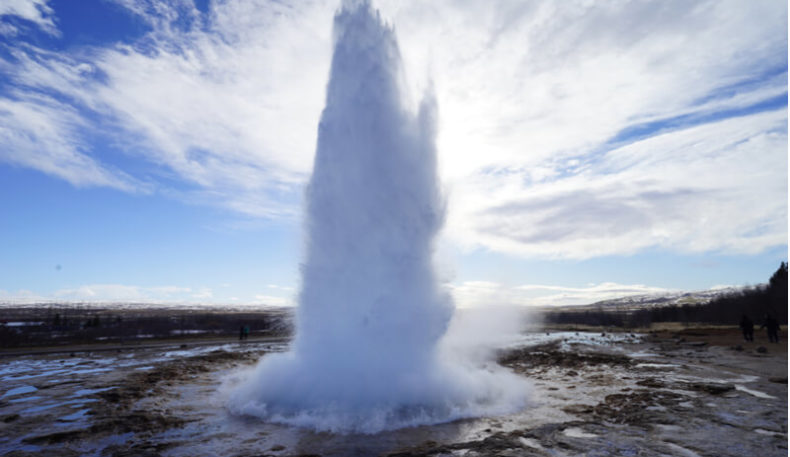Source: saveonenergy.com
This is the fourth part in a SaveOnEnergy series discussing the ins and outs of different forms of renewable energy. Come back next week for part five.
Wind, solar, and water are all forces of nature that can provide renewable energy, but did you know we can also draw power from the earth itself? We call this geothermal energy – a power source collected from below the Earth’s surface and transformed into electricity. While this form of renewable energy might be more obscure than solar or wind power, it was once the most common green power source in the country.
So, how do we turn energy within the earth into electricity? Read further to learn the basics of geothermal energy.
What is geothermal energy?
Geothermal energy is very hot water and steam collected from underground reservoirs. This energy is contained within the rocks and fluids beneath the Earth’s crust and reach as far as the magma layer.
Types of geothermal power plants
Geothermal power plants collect the heat and steam from beneath the Earth’s surface and convert it into electricity. The common thread between geothermal plants is that the water and steam collected drive a turbine, which converts the thermal energy into electricity.
Geothermal energy and the environment
Like solar, wind, and hydropower, geothermal energy is renewable. Not only is it a naturally occurring and replenishing substance, but geothermal energy only produces approximately one-sixth of the amount of carbon dioxide emitted by natural gas plants. Additionally, geothermal energy is much more consistent compared to other renewable power sources such as solar and wind.
Can geothermal energy power my home?
It depends on where you live. Geothermal energy is commonly known as the most location-specific form of renewable energy because power plants need to be near underground reservoirs. With most of the country’s geothermal plants located on the west coast, it may be difficult for consumers in other areas to have access to this form of energy.
To learn more, visit the webpage. Click here.

